CONFERENCE REPORT
“Saliva symposium” – role of saliva as an emerging diagnostic factor Venue – JRD Tata memorial auditorium, National institute of advanced studies Date: 31st January and 1st February 2020
SALSI being the first interdisciplinary international meet in India has its major focus on the potential role of saliva and its use as a non-invasive diagnostic approach.
Major highlights
- Saliva as a disease diagnostic tool
- Saliva therapeutics
- Saliva as a potential biomarker
- Application in molecular genetics
- As an advanced career option in genomic technology
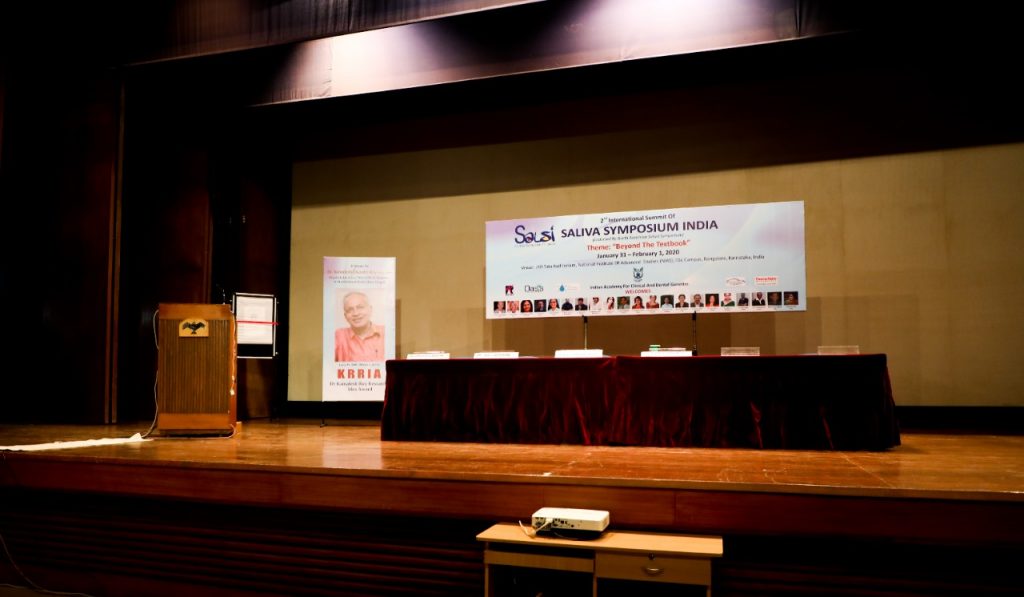
The program started with the introductory session held in the presence of the chief guest
Prof. VS Ramamurthy who spoke about saliva being non-invasive specimen sample for various radical procedures. The panel on the Dias included Prof. VS Ramamurthy, Dr. Jill L Maron, Dr. Manogari Chetty, Dr. Gargi Roy Goswami with Dr. Paul D Slowey on video conference from the United States.
The first scientific session was with Dr. Paul D Slowey who addressed the delegates via video conference. He talked about the importance of saliva and its subcellular components which can be an alternative to biopsy especially the use of salivary exosomes. The session was quite fascinating as this was the first of the many sessions which put forth the idea of saliva as a specimen to detect tumors.
The second session was about using saliva as a diagnostic specimen in neonates. The session was conducted by Dr. Jill L Maron who basically focused on how genetic abnormality can be detected in preterm babies with less than 10µL of saliva. Topic on preeclampsia was also covered by ma’am regarding its occurrence and prevention.
Following session was delivered by Dr. Manogari Chetty from Cape Town, South Africa. She drew parallels between African and Indian health conditions & facilities with special focus on the need for research and motivated students to take up research as a career. She mostly focused on the use and need of genetics in dentistry especially the genetic predisposition for head and neck pathologies.
Dr. Sonalee Shah from Raipur put forth her research of isolation of biomarkers from salivary specimen and how that can be used to detect head and neck cancers.

Dr. Shesha Prasad from Bengaluru presented in front of the delegates about salivary miRNA which gets expressed in OSMF and how can it be used for early detection of the pre-cancerous condition.
A broad picture about the history, epidemiology, pathology & physiology of areca nut, its composition, addictiveness and all its harmful effects were given by specialist in head and neck cancers Dr. Apurva Garg from Kolkata.
The final session of day 1 was held by Dr. Rajendra VE Chilukuri from Hyderbad who is a forensic specialist. He presented interesting criminal case records where the culprits were apprehended by salivary forensic examination of a distant relative.
The second day of the conference was packed to the brim with sessions starting with Dr. Suchetra Kumari who spoke about salivary lipidome which mainly concentrated on the biochemical aspect of saliva and how it is useful in all aspects of diagnosis.
The next speaker Dr. Ted KS delivered his session on salivary biomarkers and physical morbidity in dementia through video conference. His talk was based on the data accumulated & processed in his research, various methodologies and the results obtained by his team.
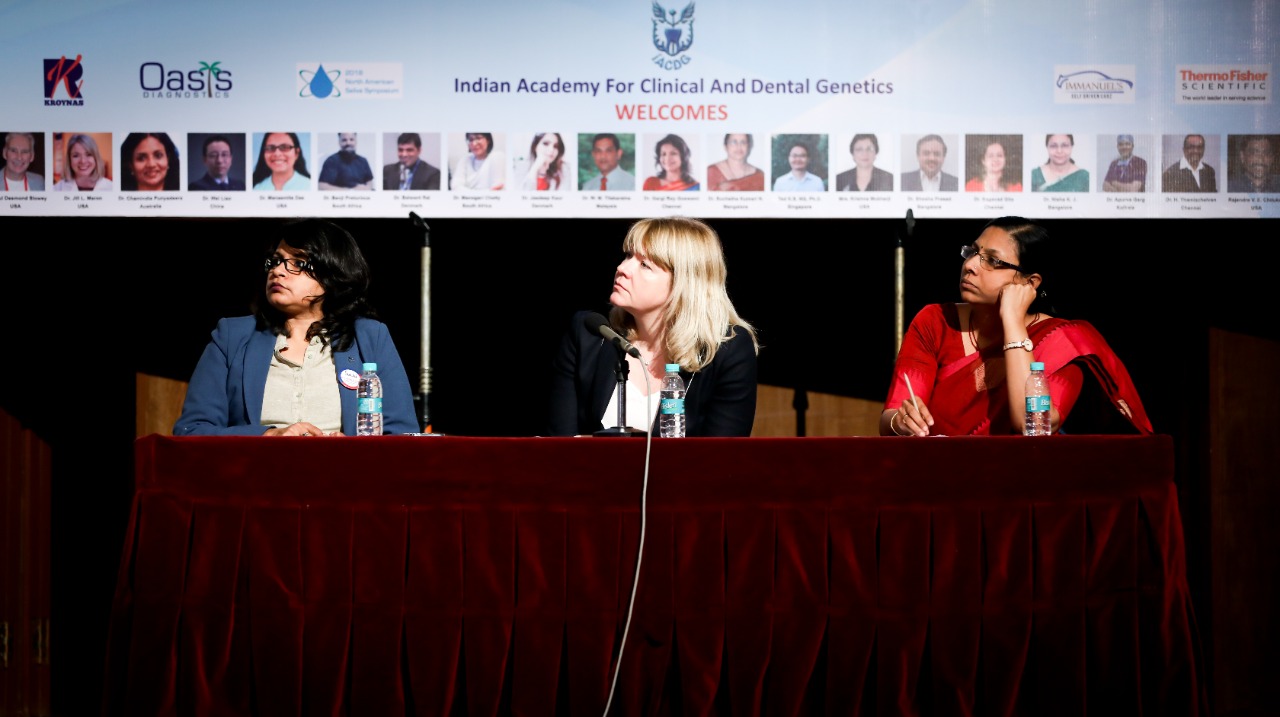
For a dentist saliva can become an excellent biomarker and a potential diagnostic tool to rule out any malignancy on a level 1 diagnosis criteria. Presence of specific immunoglobulins in saliva can act as an early detector for OSMF, OLP, erythroplakia, leukoplakia and like diseases.
Salivary diagnostics also has the major role in ruling out different systemic disorders like cardiovascular diseases, renal impairments which further broadens the treatment protocol for the dentist
Early diagnosis and staging of squamous cell carcinoma with the diagnostic tools used in just said will not
only help in creating awareness among the patient but also generating knowledge about the progression of the disease.
The second day of the conference was winded up with a small competition called KRRIA where students from different colleges and fields participated with the innovative research ideas like ideas for cancer detection using magnetic polarity and size of Cancer cells in the circulating blood through a device costing around $1, ideas about detecting various kinds of infection with the entire research under a budget of
$500, manufacturing Tb specific mouth masks for the use of dentists, etc.
A short period of paper presentation by UG, PG MDS faculties was the endings session which covered various innovative topics.

The innovative saliva symposium 2020 was a conference well worth attending which not only has enlightened our way of approach but also and enriched us with immense knowledge about saliva and its utility in our respective fields.

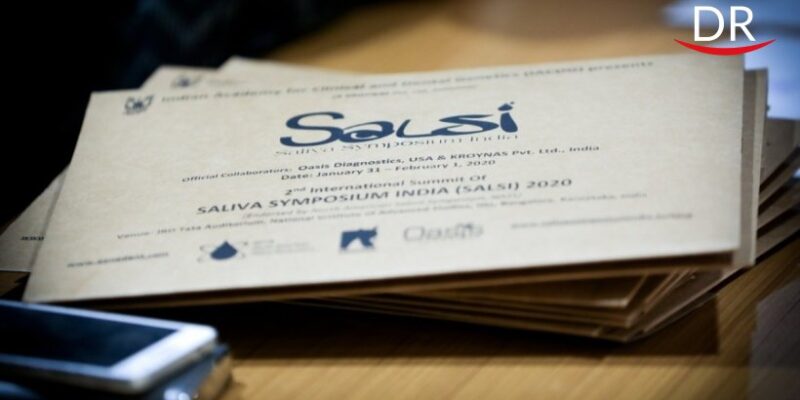



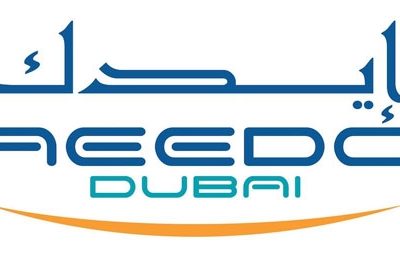
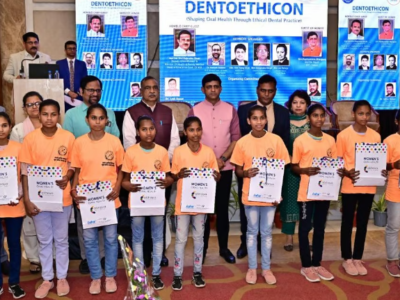

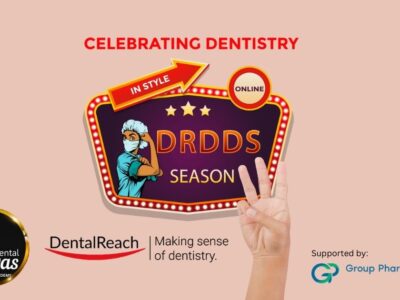









Comments